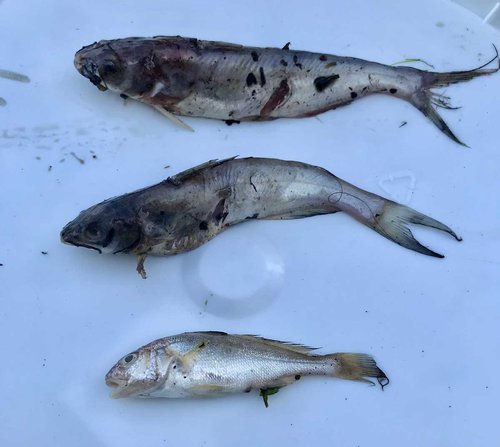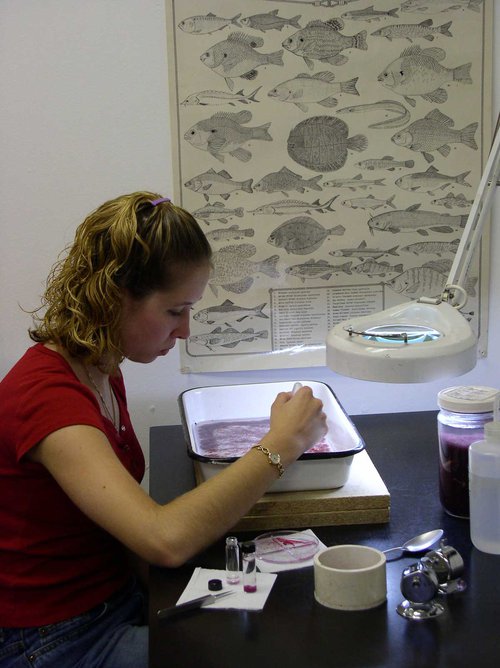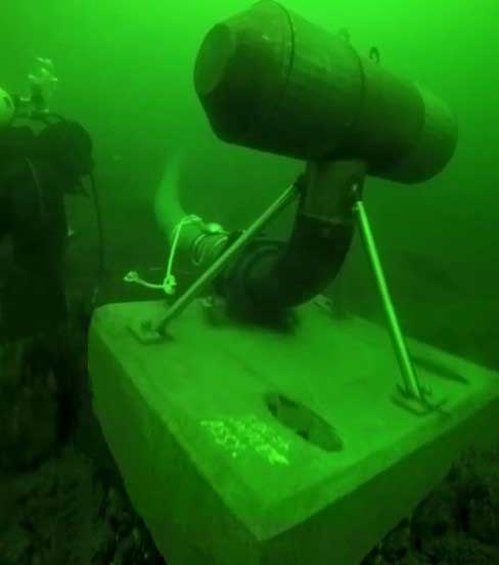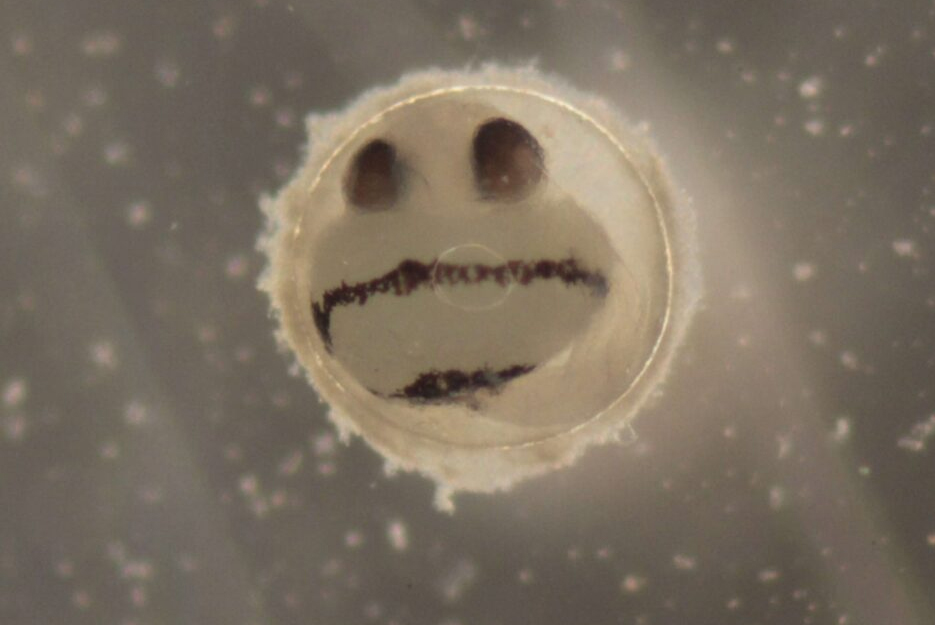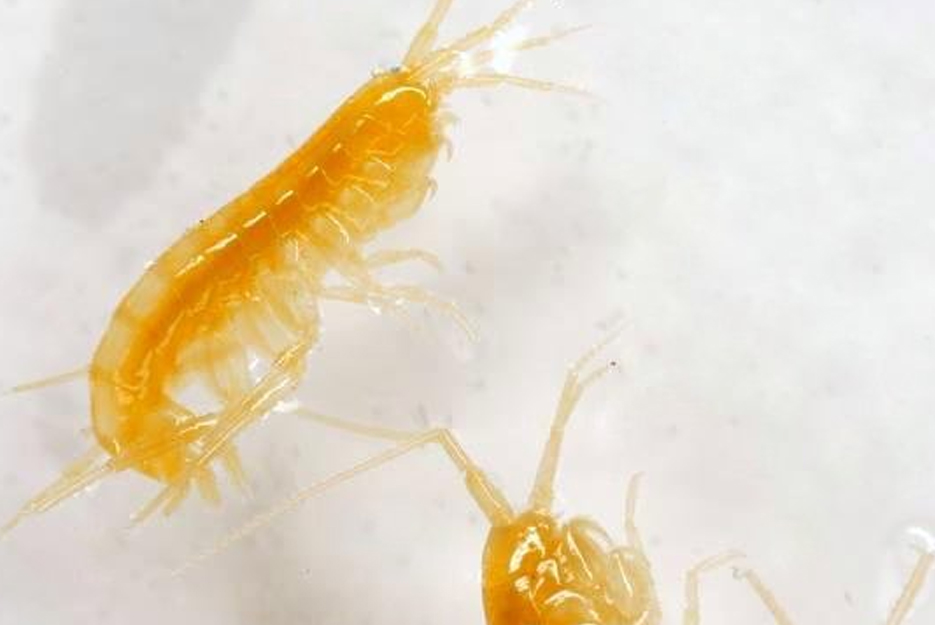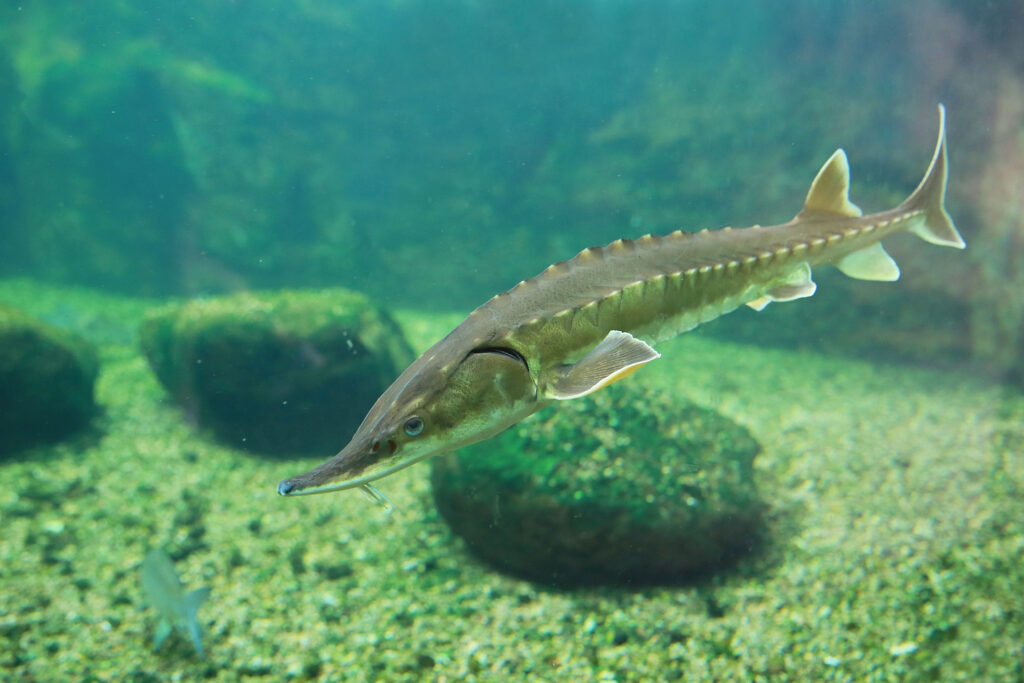In 2014, the U.S. Environmental Protection Agency issued final regulations to establish requirements for cooling water intake structures (CWISs) at existing power generating plants and industrial facilities under Section 316(b) of the Clean Water Act (2014 §316(b) Rule). At the time of the rule’s implementation, over 1,000 existing facilities withdrawing greater than 2 million gallons per day from U.S. waters and that use at least 25% of the water for cooling purposes became subject to the 2014 §316(b) Rule. Fish and shellfish are subject to mortality when they are withdrawn from the source water body into a facility’s cooling system (entrainment) or retained against the intake screens (impingement). Site-specific entrainment and impingement mortality monitoring may be required under the 2014 §316(b) Rule for assessing potential biological impacts that a facility’s cooling water use may have on the aquatic community. Such compliance requirements would be specified in a facility’s National Pollutant Discharge Elimination System (NPDES) permit.
Most CWISs employ a screening system that consists of an array of rotating screens. Fish and other aquatic organisms that are unable to swim out of/away from the intake flow and too large to pass through the screens, or organisms entangled in debris that may be present in front of the intake structure, become impinged. These organisms remain impinged until the screens are rotated and washed off into a fish return system that deposits them back into the source water body or a debris bin for disposal. The following photograph is an example of Channel Catfish (top two) and Atlantic Croaker (bottom) collected from screens during an impingement study.
Organisms that are small enough to pass through standard screen mesh, including early life stages of fish and shellfish, are entrained, or drawn into the circulating water flow. These organisms are exposed to velocity and pressure changes, increased temperatures, and—in some cases—chlorine through the plant’s condenser tubes. While these forces impact eggs and larvae, studies find that a portion of them survive entrainment. Entrainment samples are collected by pumping a known volume of cooling water through a fine-mesh net to collect the plankton, which is then sent for processing at Normandeau’s biological laboratory to identify, count, and measure the species and life stage in the sample (see the next photo). Additional studies may be conducted to determine the percentage of organisms that survive entrainment at a particular facility.
Entrainment and impingement studies, which are often required for permit compliance, help determine the potential impact of a facility on the biological resources present in the adjacent water body, and whether additional measures need to be taken to reduce these impacts. With 50 years of experience as environmental consultants, Normandeau is distinctly qualified to offer comprehensive support to achieve compliance with the 2014 §316(b) Rule. Services offered include, but are not limited to, monitoring of impingement mortality performance standards, entrainment characterization studies, technology evaluations, impingement optimization studies, survival studies, verification studies, and compliance strategies. The following photograph is an example of a Normandeau diver inspecting a cylindrical wedgewire screen installed to test the effectiveness of different wedgewire screen slot widths for reducing entrainment.
If you have any questions about our entrainment and impingement monitoring services, technology evaluations, or verification studies, or would like to discuss consultation for your facility, please send us a message through our Contact Us page.

